Fall is here, but many insects are still active – especially on unseasonably warm days. Southern exposures of buildings are a common gathering spot for insects.
During the fall, insects that spend the winter as adults begin looking for shelter. These are the critters most commonly finding their way inside, and generating questions about their identity and motives. The best course of action for preventing further fall invaders is to determine their point of entry and fix it. Check around windows and doors, and inspect any cracks or crevices in walls and foundations. In most cases, an insecticide is not necessary and the insects can be managed with a vacuum or a broom.
Flies
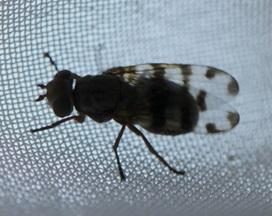
Cluster flies and picture winged flies are moving into structures. Cluster flies will survive the winter indoors, and are often noticed on mild winter days. They do not reproduce indoors. Picture winged flies also move indoors, but they don’t survive the winter. House flies are also active and also are often observed inside a residence. They reproduce on decaying organic matter, so it is possible to have a breeding population inside that is active all winter. Sanitation (taking out trash regularly, cleaning drains, etc.) is the best way to handle a small population.
Boxelder Bugs
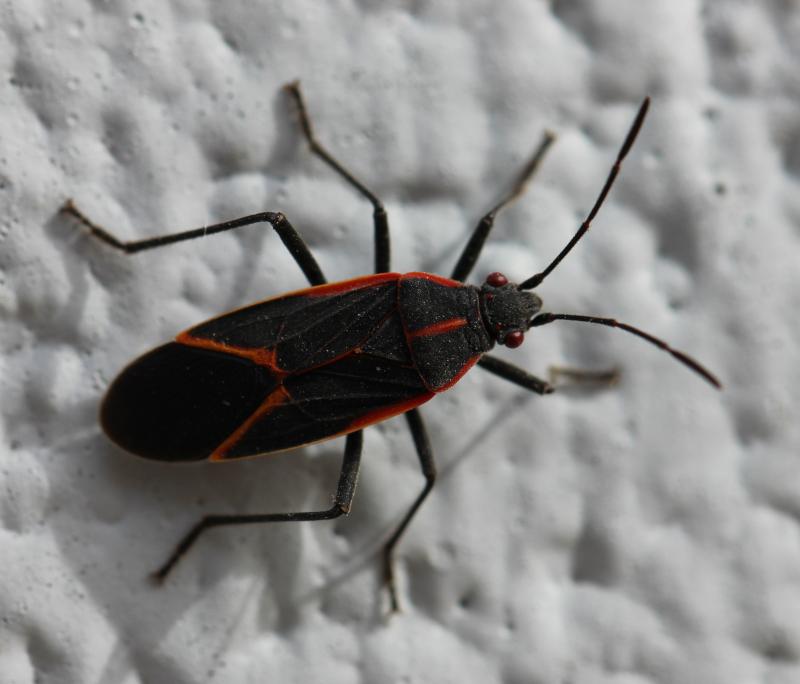
Adult boxelder bugs spend the winter indoors. These bugs are harmless, and should just be swept up or vacuumed. They will also become active on mild winter days and will congregate near sunny windows.
Western Conifer Seed Bug
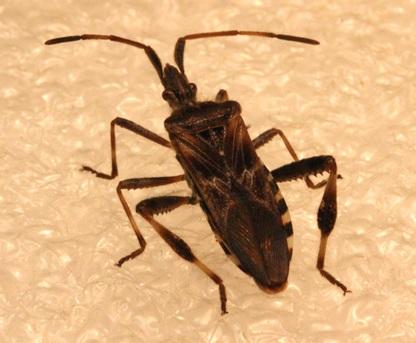
Western conifer seed bugs overwinter as adults in sheltered locations, but they do not congregate in large numbers like some of the other insects mentioned. These bugs are distinguished by the leaf like appearance of their hind legs. When spotted, many people send them in for identification because they think they are a kissing bug (vector of Chagas disease). Western conifer seed bugs do not feed or reproduce indoors, and they are not considered to be a major pest in the landscape.
Minute Pirate Bug
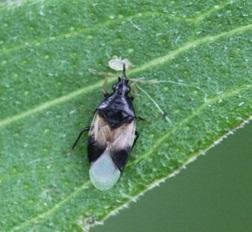
Minute pirate bugs are not moving indoors, but they are making a nuisance of themselves outdoors. These tiny insects are usually found in crop fields where they feed on aphids and mites. As they move off crops and search for other food sources they may bite people. A hard freeze will kill them, and no other control is recommended.
Multicolored Asian Lady Beetle

This is one of our introduced lady beetle (aka ladybug) species and it will congregate in structures as the weather cools. They can be more aggressive than our native lady beetle species and may bite if handled. These ladybugs can be distinguished by the black ‘M’ or ‘W’ on their thorax (white segment right behind the head).
Mosquitoes
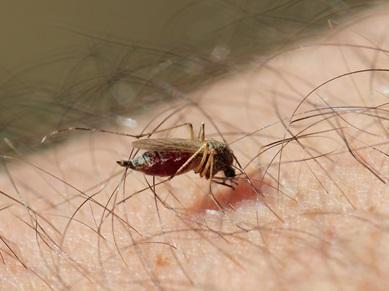
Mosquitoes will remain active until the first frost. It is important to continue to wear protective clothing and personal repellents when engaged in outdoor activities, as it is still possible to get West Nile Virus in the fall. For the weekly mosquito activity reports, visit South Dakota Mosquito Information Systems.
Other Arthropods
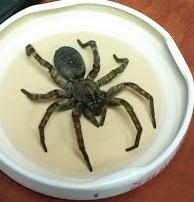
Spiders and millipedes are two of the most common non-insect fall invaders. Wolf spiders will find their way inside, and their large size generates concern. These spiders are looking for prey or shelter and would be happier outdoors. Millipedes normally live in dark, damp locations like in mulch or leaf piles where they feed on decaying organic material. Since they need moisture to survive, they often die quickly when trapped inside.
Have a pest to identify?
If you have an insect indoors and would like help identifying it, please submit a clear picture to the Plant Diagnostic Clinic or contact Amanda Bachmann.